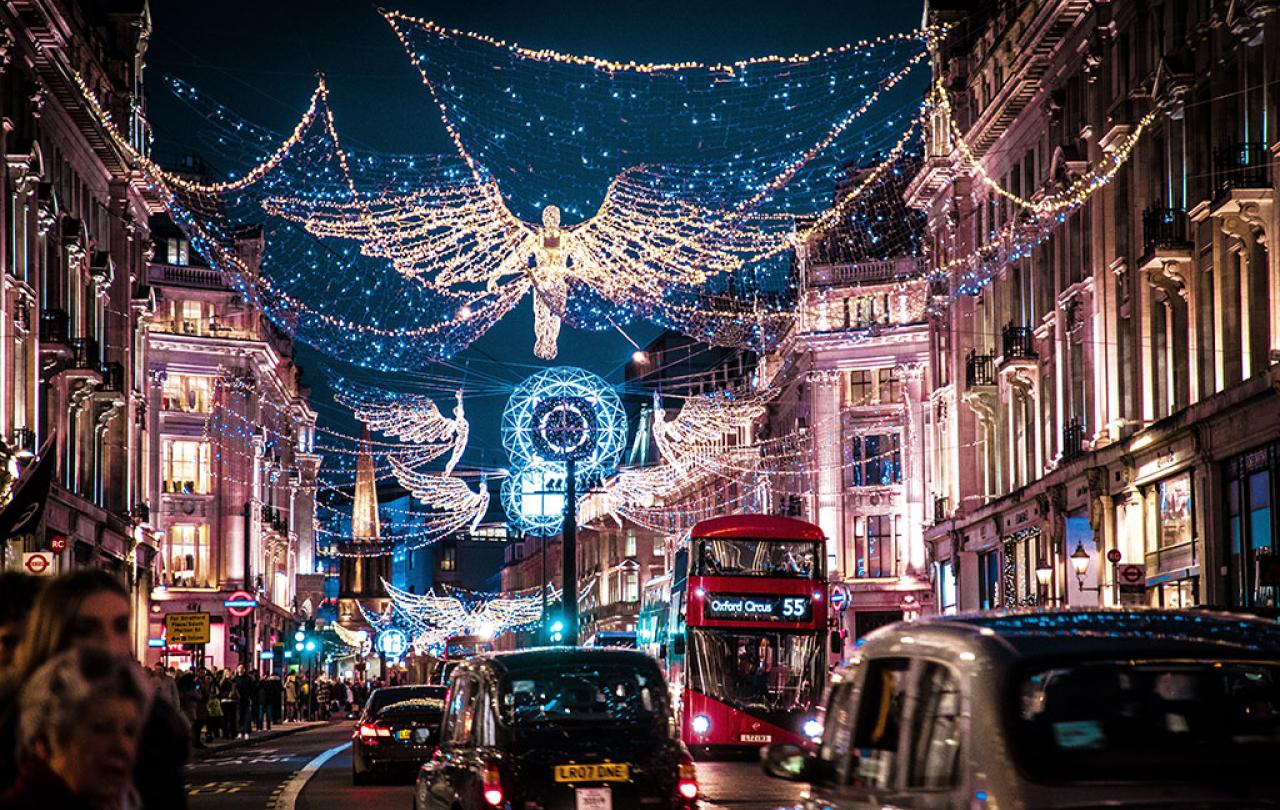It’s a bad day at work. Everyone is on high alert, and tempers are frayed. You have your own reasons for being extra ‘on edge’, but now isn’t the time to get into it because it’s the big weekly meeting and everyone is going to be there - worse still, the cameras are going to be there. Despite this, you take a deep breath and take your seat (which, although an honour, is regrettably in the front row).
But as the fractious meeting begins, you feel the ache of impending tears at the back of your throat, and to your horror, your eyes fill. You do your best to wick them away, but you know they’ve been spotted when someone opposite announces how miserable you look.
Many of us will have been in a similar, if probably less public, situation at some point in our careers when the emotions we stuff down in the name of professionalism spill out - but I doubt any of us will have done so in the House of Commons with cameras trained on every movement and a less than friendly crowd opposite.
There have been countless articles already speculating about the reason for the tears of the Chancellor, Rachel Reeves, during Prime Minister’s Questions - but most seem devoid of sympathy or empathy, concerned only with the political implications, but not the person at the centre of this story.
Our reaction to Rachel’s tears is an echo of the sentiment behind the Welfare Reform Bill, which seems to say that need is unacceptable and we should all be able to don that famously British ‘stiff upper lip’ and just get on with life.
Regardless of what you think of the Welfare Reform Bill, the way it has been briefed and communicated has raised anxiety and fear amongst the disabled community (me included).
The main message has been that too many people are receiving Personal Independence Payments (PIP) for mental illnesses such as anxiety and depression, with even the former Prime Minister Tony Blair telling people to ‘stop diagnosing themselves’ to combat out rising welfare bill - despite the fact that accessing PIP requires rigorous assessments and support from medical professionals. (It also has a 0.01% fraud rate and was designed to compensate people for the extra cost of being disabled which is estimated to be up to £1000 a month.)
This tableau is emblematic of how ‘mental health awareness’ is failing in this country; our words are not matched by our actions.
We know, 27 years after the first ‘Mental Health Awareness Week’, that mental health is important, that emotions are natural and valid - and yet we mock any leader who shows anything but positive emotions.
We know that people suffer, are disabled by and killed by mental illnesses, and yet we seek to strip support from those who need it most, claiming that they are diagnosing themselves.
We need a different approach, both to how we handle emotions in public life and the way we talk about those who need extra support due to their mental illnesses.
Emotions aren’t bad - they help us connect, keep us away from danger and allow our bodies to release unbearable tension, as in the case of crying, whereby tears of pain are intricately designed to help us cope. The tears we shed when faced with chopping a pile of onions are chemically different to those that fall when we are grieving, angry or in pain. Tears of pain should inspire us to reach out to the one in pain with compassion not contempt.
The way Jesus led 2,000 years ago shows us another way, both of leading and emoting.
Jesus consistently welcomed those most in need; from healing the woman who had bled for twelve years, considered unclean and rejected by her community, to healing a paralysed man lowered through his roof by friends.
And yet his ministry was not just one characterised by miracles and might, but demonstrated humility and humanity as he wept over the death of his friend Lazarus and allowed himself to be stripped of all strength as he hung on a cross made for criminals.
The night before he died, he gathered his friends and through tears and blood-soaked sweat submitted to the Father in the most painful way, and I, like many others, draw comfort and strength from Jesus’ willingness to cry.
As preacher Charles Haddon Spurgeon said, "A Jesus who never wept could never wipe away my tears."
So perhaps rather than mock Rachel’s tears, they should cause us to rethink how we approach need and recognise none of us are immune.
Perhaps, we may even join with Paul’s words in his letter to the Corinthians: “For when I am weak, then I am strong.”





